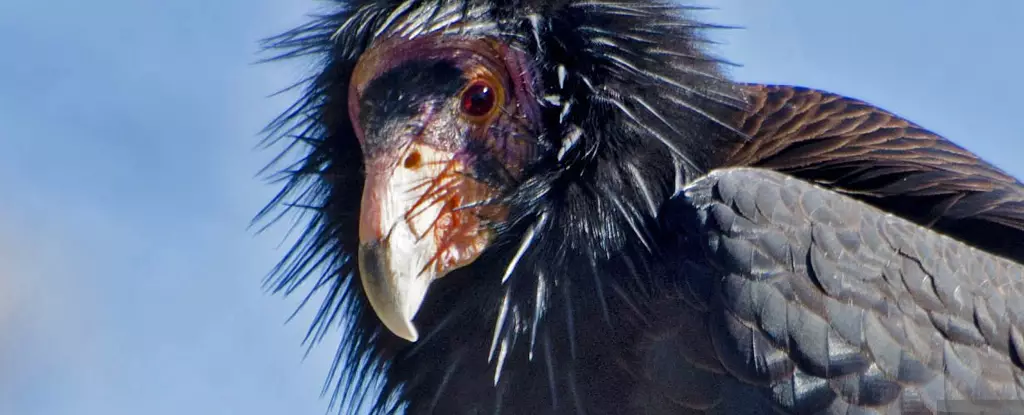The highly pathogenic avian influenza virus H5N1 has spread extensively among animals across the globe, being found on all continents except Oceania. The United Nations has deemed it a “global zoonotic animal pandemic.” This virus has the ability to infect over 350 species of birds and nearly 60 species of mammals, with migratory waterfowl being particularly vulnerable. These birds, such as ducks, swans, geese, and gulls, are asymptomatic carriers of H5N1, allowing them to infect other species, including mammals, during their migratory routes. This global transfer of the virus leads to the continuous adaptation of virus genetics and virulence, aiding in its widespread spread.
Climate change seems to be playing a significant role in the emergence and spread of zoonotic viruses like H5N1. Changes in global climate conditions have resulted in shifts in avian migratory patterns and routes. Rising temperatures and extreme weather events have led to large-scale population shifts in various species, ultimately contributing to the emergence of diseases in new and unique areas. In particular, H5N1 serves as a clear indication that disease monitoring and response efforts are crucial components of any climate change adaptation and mitigation strategy.
The ecology and genetics of H5N1 viruses have evolved significantly since their initial detection in China in 1997. The virus has been detected in regions such as the polar regions, with confirmed cases of polar bears and native species in Antarctica being affected by H5N1. Non-migratory wild birds are also highly susceptible to infections, causing a significant number of bird casualties worldwide. However, challenges in data quality and availability hinder accurate estimates of the total number of bird deaths due to H5N1.
Recent cases have shown the adaptability of H5N1 to infect mammalian hosts, with reports of infections in dairy cattle and agricultural workers. In some instances, H5N1 has transmitted from poultry to humans, highlighting the urgent need for understanding the virus’s spread. The detection of H5N1 in alpacas and outbreaks across multiple states in the U.S. indicate the importance of tracking viral dispersal patterns and the impact of climate change on bird migration.
The role of climate change in accelerating the global spread and emergence of new H5N1 variants is becoming increasingly evident. Warming temperatures and shifting environmental conditions can create favorable conditions for viral survival and transmission. The onset of spring may enhance the spread of moisture-reliant pathogens, while cooler conditions can support virus survival in contaminated water and bird droppings. Climate change is altering the dynamics of influenza virus spread, posing a significant threat to public health.
In the face of these challenges, it is crucial to implement comprehensive response strategies to mitigate the spread of H5N1. Strengthening health-care infrastructure, educating communities about the risks of H5N1, and promoting sustainable agricultural practices are essential steps. Improving biosecurity in farms, reducing livestock density, and enhancing ventilation systems can help prevent the transmission of viruses. Utilizing smart farming technology to track infections and conserving natural habitats to reduce viral spread are also vital measures in combating H5N1.
As the global threat of H5N1 persists, international collaboration on disease management and climate adaptation strategies will be paramount. Vigilant monitoring, timely responses, and conservation efforts are essential to safeguard the health of both humans and animals against emerging viruses like H5N1. By working together and taking proactive measures, we can address the intersection of climate change and infectious diseases to ensure a safer future for all.


Leave a Reply